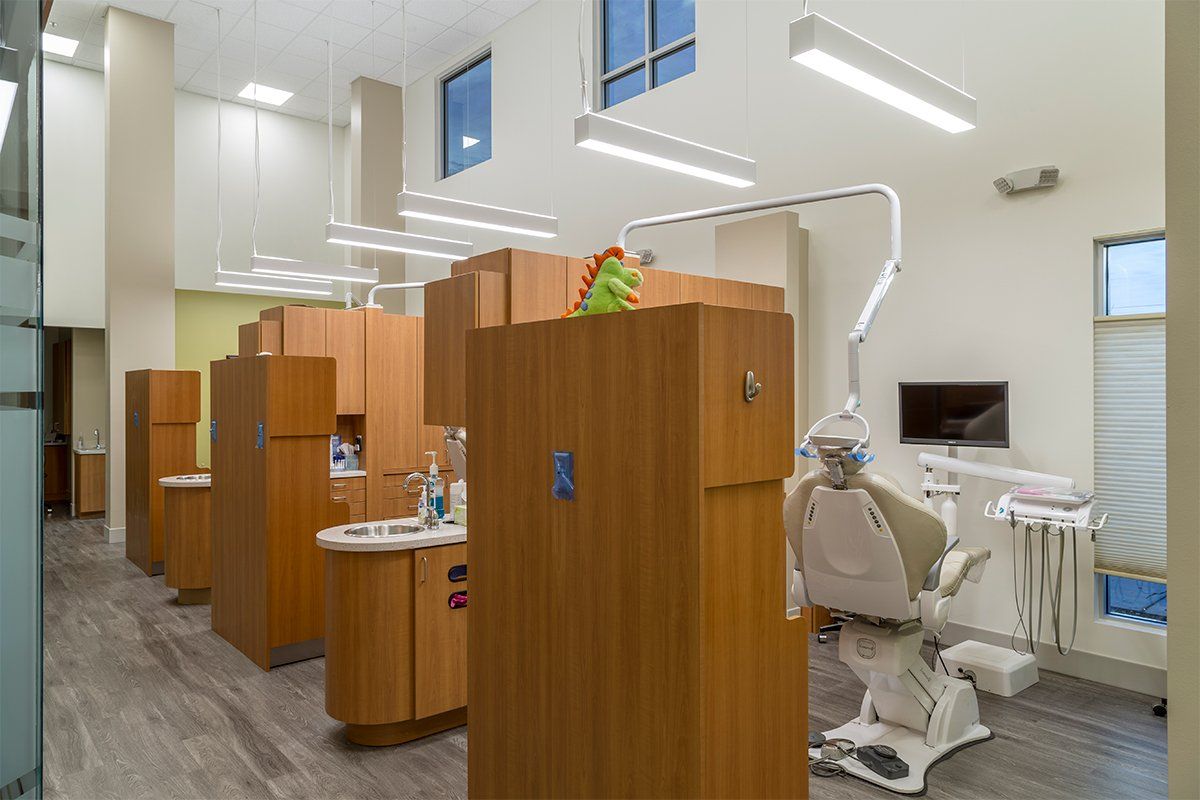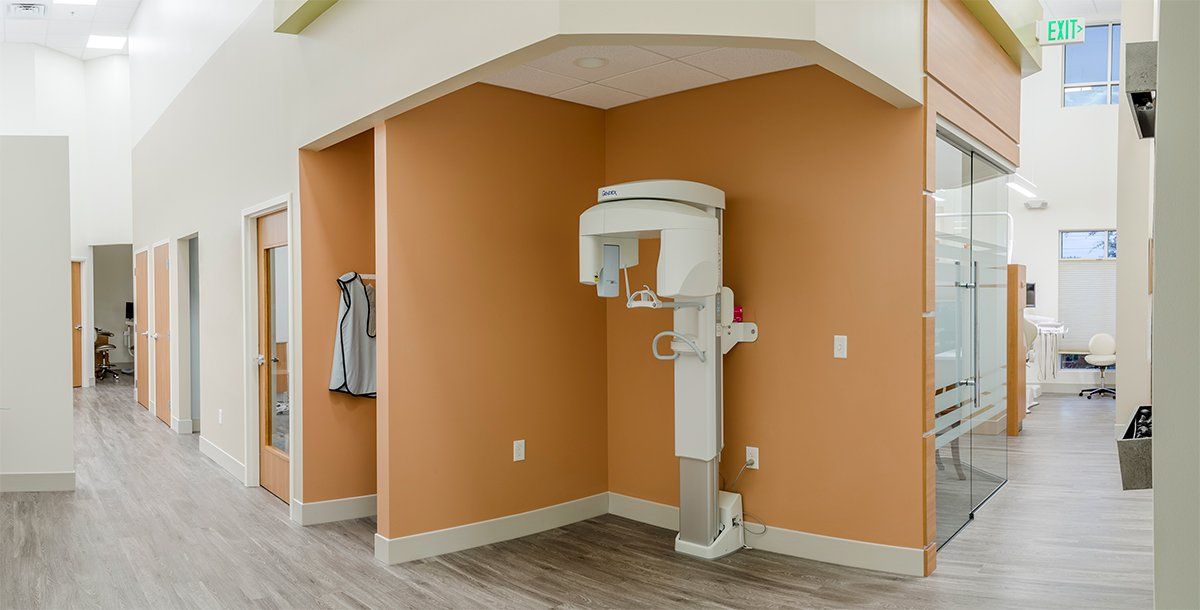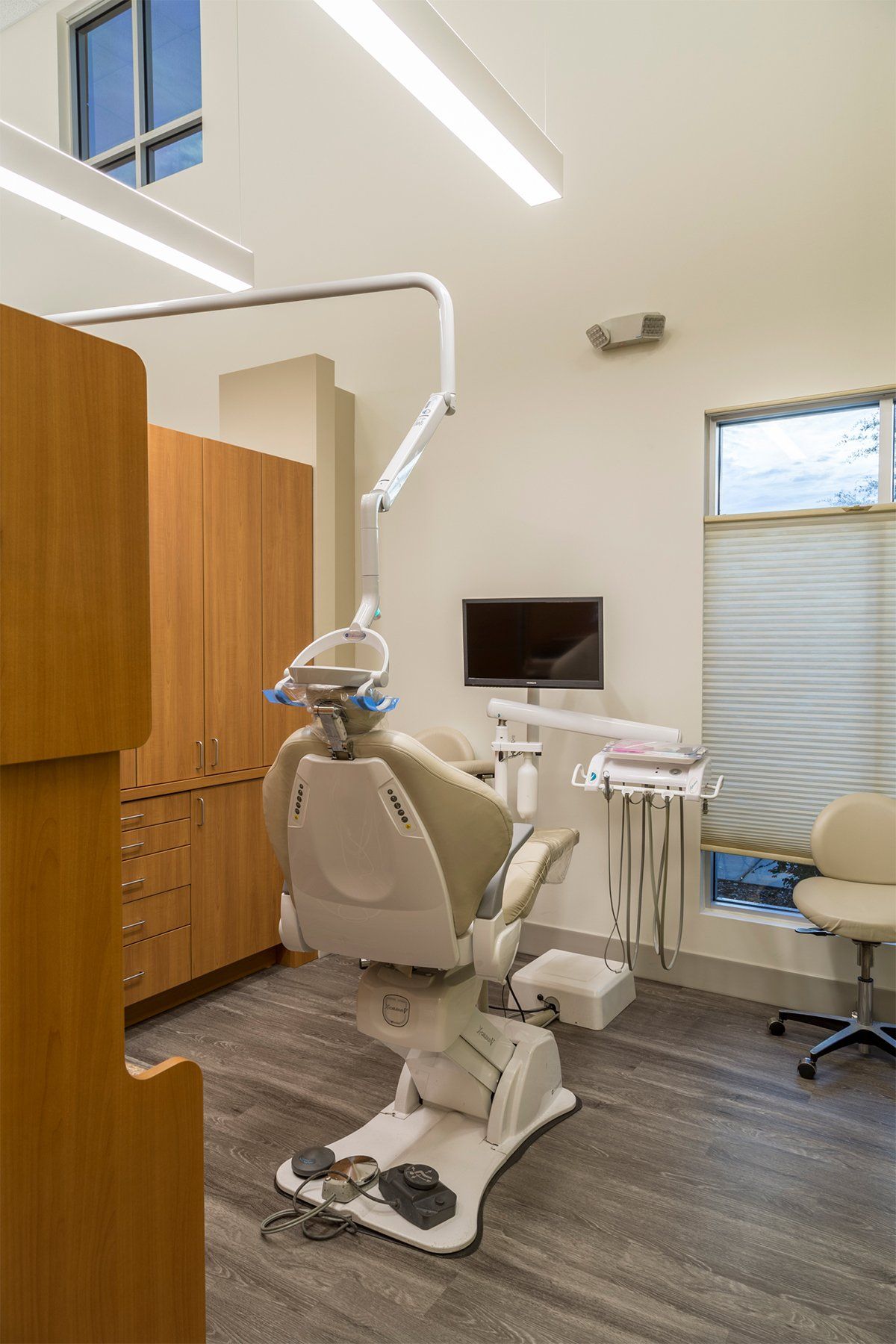Welcome to Rinehart Dental
Same Day Dental Emergency Care Welcome
The Dentist, Dr. Damion Williams
The Dentist, Dr. Damion Williams
- Crowns & Bridges
A crown (cap) is a restoration that is placed on teeth that have lost a lot of their structure. There are various types of crowns, ranging from full porcelain to full metal. Your dentist will explain the advantages and disadvantages of each kind for you.
- Root Canal Treatment
Root canal treatment is the process of going inside the pulp space and removing the infected, dead tissue. The space is then disinfected and sealed with special materials. Nowadays, root canal treatments are performed with advanced techniques and materials, making them far more comfortable and faster. After root canal treatment is complete, your restorative dentist will usually place a crown on your tooth to safeguard against fracture.
- Inlays & Onlays
Inlays and Onlays are lab-made restorations that are placed on teeth when the cavity or lost tooth structure is too large to be restored by a simple filling. The process of making an inlay is very similar to a crown. After the tooth is prepared, it is cemented or bonded to the tooth.
- Crowns & Bridges
A crown (cap) is a restoration that is placed on teeth that have lost a lot of their structure. There are various types of crowns, ranging from full porcelain to full metal. Your dentist will explain the advantages and disadvantages of each kind for you.
- Root Canal Treatment
Root canal treatment is the process of going inside the pulp space and removing the infected, dead tissue. The space is then disinfected and sealed with special materials. Nowadays, root canal treatments are performed with advanced techniques and materials, making them far more comfortable and faster. After root canal treatment is complete, your restorative dentist will usually place a crown on your tooth to safeguard against fracture.
- Inlays & Onlays
Inlays and Onlays are lab-made restorations that are placed on teeth when the cavity or lost tooth structure is too large to be restored by a simple filling. The process of making an inlay is very similar to a crown. After the tooth is prepared, it is cemented or bonded to the tooth.














